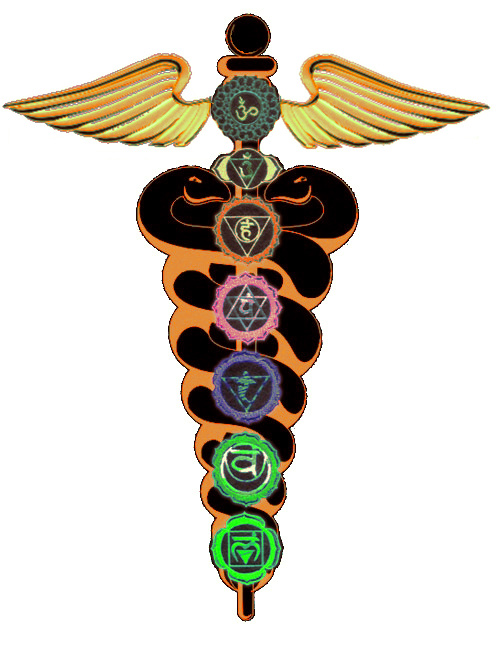3 Comments
-
Oh my goodness! Awesome article dude! Thank you, However I am having issues with your RSS. I don’t know the reason why I cannot subscribe to it. Is there anybody else having the same RSS issues? Anyone who knows the answer will you kindly respond? Thanks!!|
-
Good way of describing, and pleasant piece of writing to get facts concerning my presentation topic, which i am going to deliver in university.|
-
Great Post and Nice Article….I like it.Thanks for Sharing very informative post.







